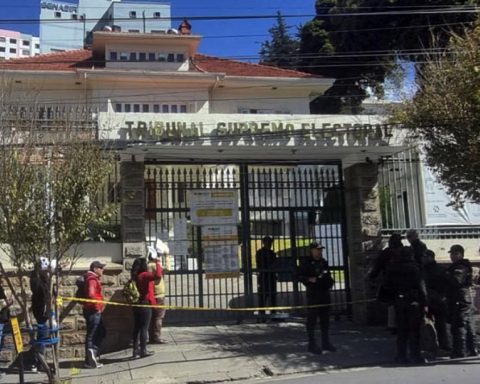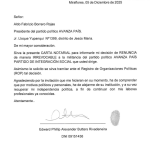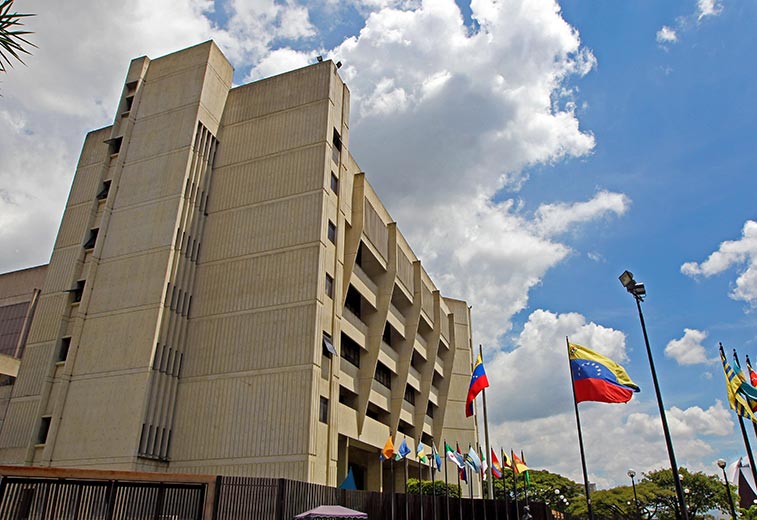May 13, 2023, 10:22 AM
May 13, 2023, 10:22 AM
The moment in which astronaut Neil Armstrong took his famous step on the surface of the Moon in 1969 is remembered as one of the most memorable in human history.
But what would it have been like if the Moon that Armstrong stepped on was pockmarked with huge craters and contaminated by the effects of a nuclear bombardment?
Let’s explain where this question comes from.
At first glance, the title of the research paper A Study of Lunar Research Flights, Vol 1 (A Study of Research Flights to the Moon, Vol 1) sounds blandly bureaucratic and, above all, peaceful. It’s the kind of document that’s easy to ignore. And that was probably the goal.
However, if we take a look at the cover, things change a bit.
In the center there is a shield that represents an atom, an atomic bomb and a nuclear cloud: the emblem of the Air Force Special Weapons Center at Kirtland Air Force Base, New Mexico, who played a key role in the development and testing of nuclear weapons.
At the bottom is the author’s name: L. Reiffel, or Leonard Reiffel, one of America’s leading nuclear physicists, who worked with Enrico Fermi, the creator of the world’s first nuclear reactor, known as the “architect of the nuclear bomb”.
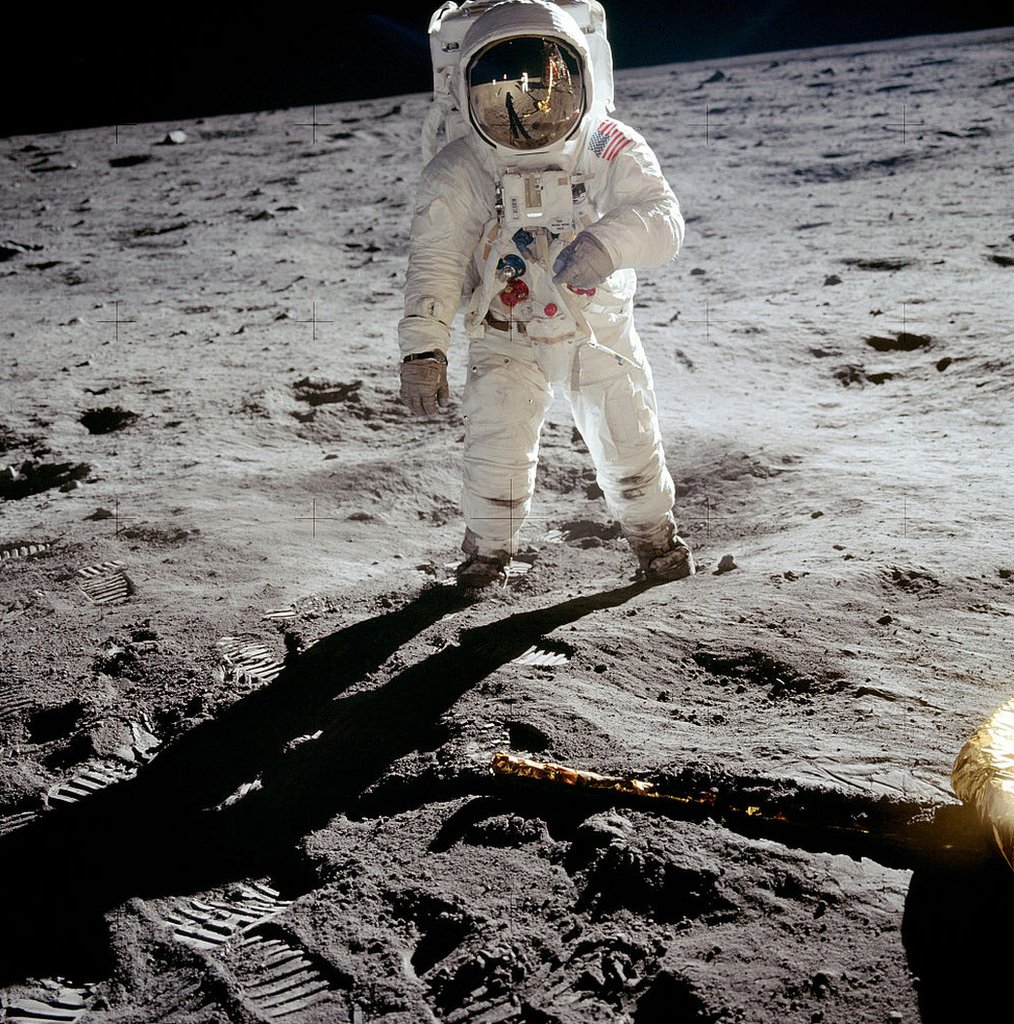
That research work was known as Project A119, a top-secret proposal to detonate a hydrogen bomb on the Moon.
hydrogen bombs they were far more destructive than the atomic bomb dropped on Hiroshima in 1945and the latest in nuclear weapons design at the time.
Between May 1958 and January 1959, Reiffel produced numerous reports on the feasibility of the project.
Unbelievably, one of the scientists who made this horrible plan possible was the future visionary Carl Sagan. In fact, the existence of the project was only discovered in the 1990s because Sagan had mentioned it on an application to an elite university.
space battle
Although it is believed that it could have helped answer some rudimentary scientific questions about the Moon, Project A119’s main goal was a show of force.
The bomb would explode on the Moon’s terminator – the border between the light and dark sides of the Moon – to create a brilliant flash of light that anyone, but especially anyone in the Kremlin, could see with the naked eye. The absence of an atmosphere meant there would be no nuclear mushroom cloud.
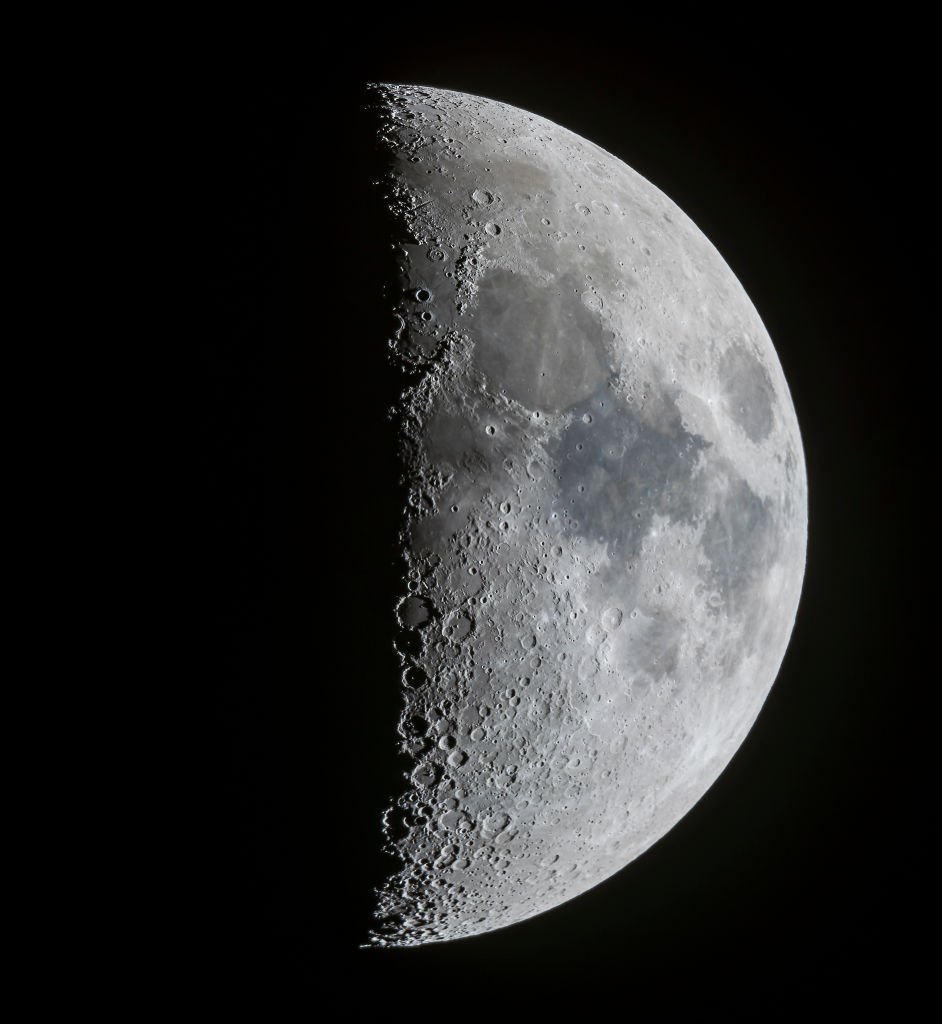
There is only one convincing explanation for proposing such a sinister plan, and his motivation lies between insecurity and despair.
In the 1950s, it didn’t look like the United States was winning the Cold War.
American popular and political opinion held that the Soviet Union was ahead in the growth of its nuclear arsenal, especially in the development, and number, of nuclear bombers and missiles.
Later it was learned that these fears were unfounded, giving rise to what was called “bomber gap” and “missile gap”.
But the United States had reason to suspect that it was falling behind despite exploding the first hydrogen bomb in 1952.
To Washington’s surprise, the Soviets managed to blow up theirs only three years later, and then, in 1957, Moscow made a major leap in the space race with the launch of Sputnik 1, the first artificial satellite in orbit around the world.
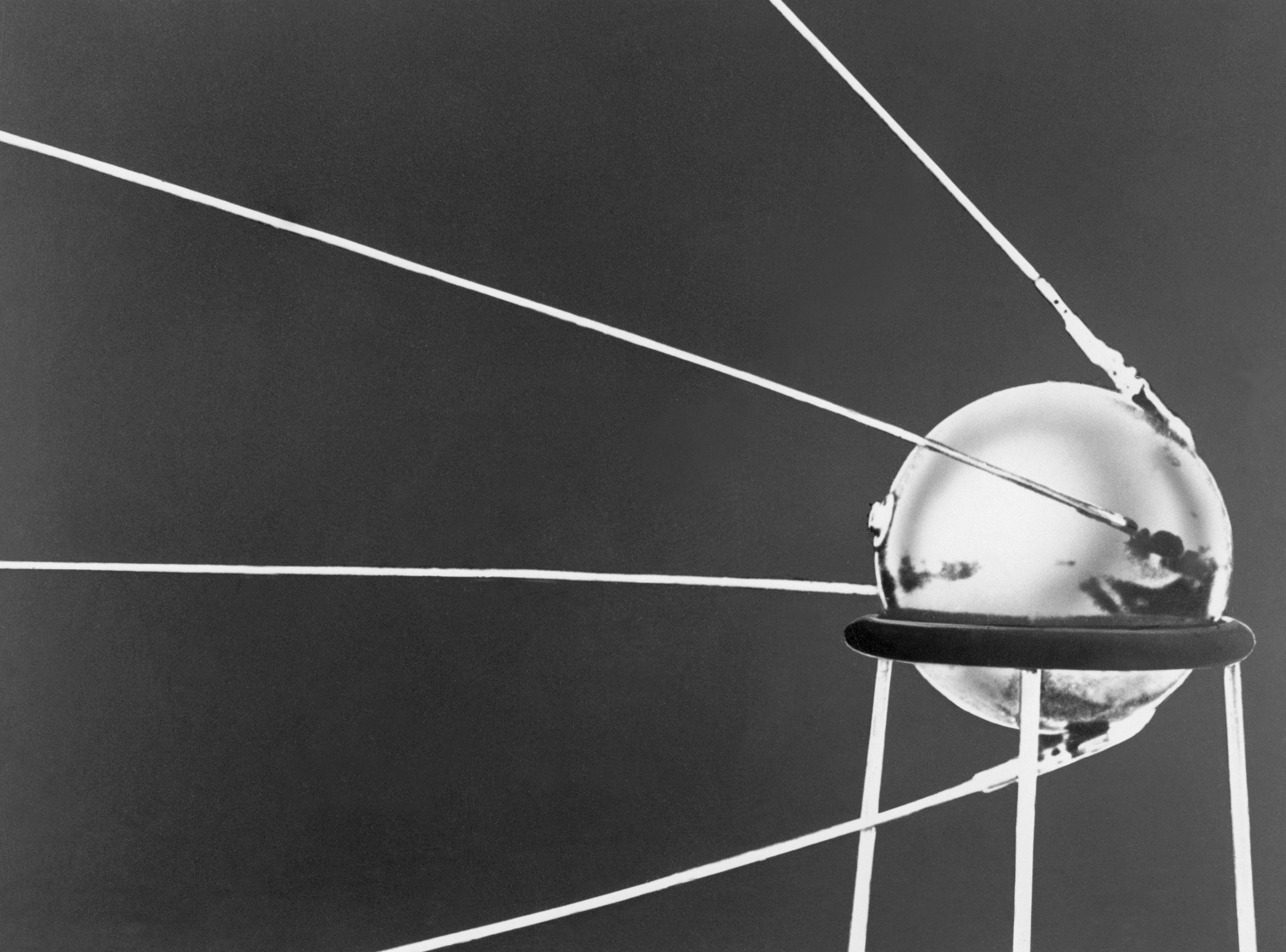
It did not help American nerves that Sputnik was launched on a Soviet ICBM – albeit a modified one – nor that the US’s own attempt to launch an “artificial moon” ended in a huge, fiery explosion.
The hell that consumed his Vanguard rocket was filmed and went around the world. A British newsreel of the time was brutal: “THE VANGUARD FAILED… a major setback in the field of prestige and propaganda…“.
Meanwhile, in American schools, students were exposed to the famous informative film “Duck and Cover” (Duck and Cover), in which Bert, an animated turtle, taught children what to do in the event of a nuclear attack.
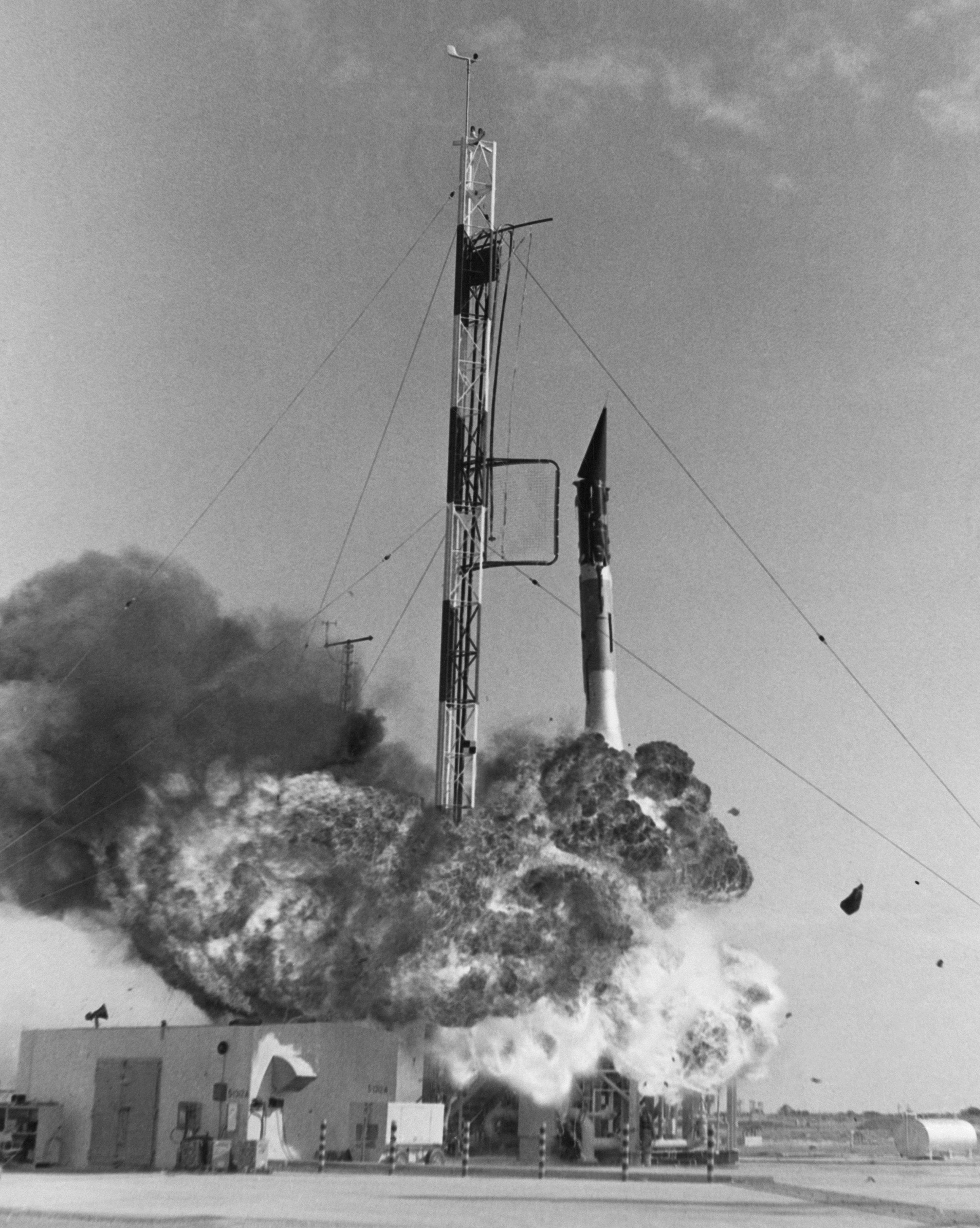
Later that year, American newspapers, citing a high-level intelligence source, reported that “the Soviets will bombard with H (hydrogen) the Moon on the anniversary of the Revolution, on November 7(The Daily Times, New Philadelphia, Ohio) and then followed up with reports that the Soviets may already be planning to launch a nuclear-armed rocket at our nearest neighbor.
As with other Cold War rumors, its origins are difficult to decipher.
Strangely, this scare probably also motivated the Soviets to develop their plans.
One of them, baptized with the code name of E4, it was a carbon copy of that of the Americans, and was eventually discarded by Moscow for similar reasons: the fear that a failed launch could cause the bomb to fall on Soviet soil. They described the potential for a “highly undesirable international incident.”
It may be that they just realized that landing on the Moon was the ultimate prize.
would have worked
In 2000, Reiffel gave his opinion confirming that it was “technically feasible” and that the explosion would have been visible on Earth.
The damage that the explosion would have done to the pristine lunar environment did not concern the US Air Force despite the concerns of scientists.
“Project A119 was one of several ideas being floated for a shocking response to Sputnik,” says Alex Wellerstein, historian of nuclear science and technology. Another was to shoot down Sputnik, which seems very spiteful. They refer to them as publicity stunts designed to impress people.”
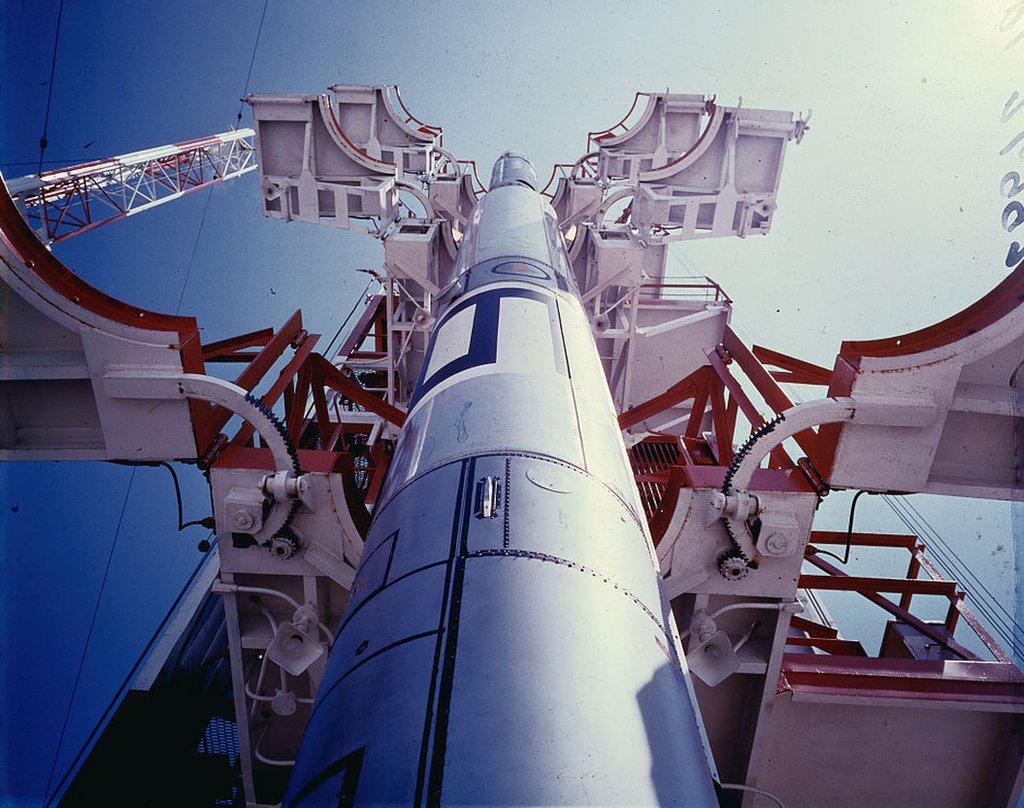
“What they did in the end was get their own satellite up and running, and that took them a bit of time, but they continued with this project with some seriousness, at least until the late 1950s,” the historian said.
For Wellerstein “it was a pretty interesting period about the kind of American mentality at the time. This need that in order to compete you had to somehow create something very impressive.”
“I think that, in this case awesome and terrifying are a little too close to each other“, he added.
However, he is not sure that fear of the anti-communist witch hunt made nuclear physicists work on this project.
“Anyone who held those positions was probably doing it because they were motivated to some degree,” he says.
“They didn’t care about doing the work. If they had been afraid, they could have done a million other things. A lot of scientists did it in the Cold War; they said physics had gotten too political.”
lunar focus
Another turning point could have been the Vietnam War, provoking further soul-searching.
“Project A119 reminds me of the segment on The Simpsons where Lisa sees Nelson’s ‘Nuke the Whales’ poster on the wall and asks, ‘Nuke the whales,'” says Bleddyn Bowen, relationship expert. internationals in outer space. “And he’s like, ‘Well, you’ve got to bomb something.'”
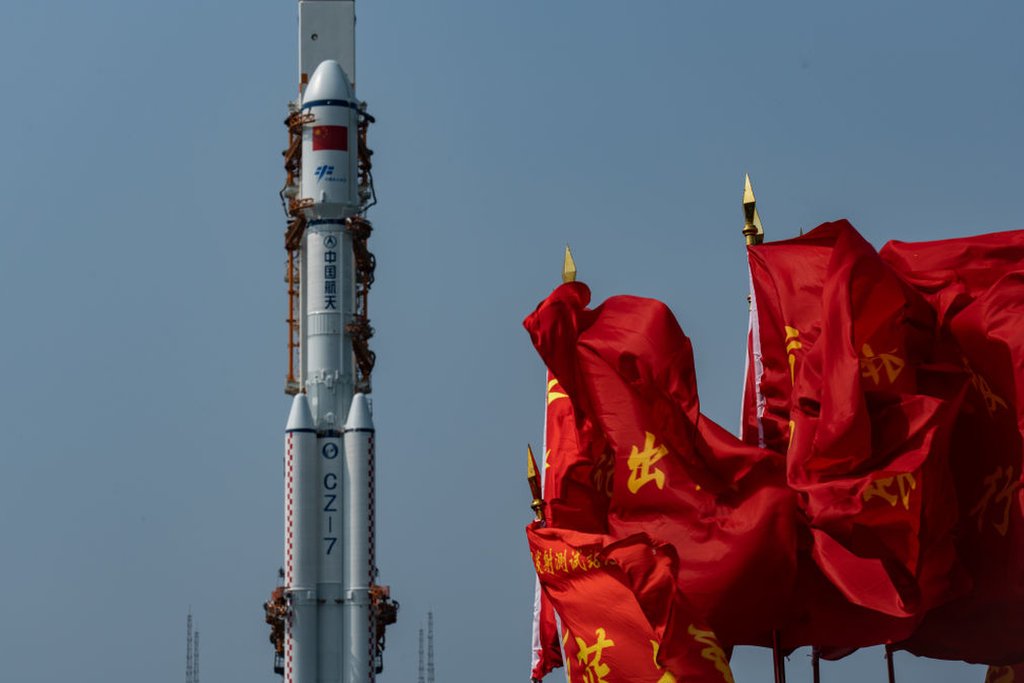
Bowen believes they were very serious studies, “but they didn’t get funding or attention when they left the space community. They were part of the space mania of the late ’50s and early ’60s, before anyone knew exactly what nature the Space Age was going to take“.
“If there’s anything like this kind of lunar hysteria again, it’s going to go against the established international legal order… agreed upon by almost every state in the world,” he said.
Could these plans resurface, despite international consensus?
“I’ve heard some noise coming from a few places and from the Pentagon about the US Space Force studying missions for the lunar environment,” says Bowen.
Although the point is that if some of the more outlandish ideas don’t catch on in America, that doesn’t mean they can’t be successful in other countrieslike Chinese.
“I wouldn’t be surprised if there’s a community in China that wants to push some of these ideas because they think the Moon is cool and they work in the military,” Bowen adds.
Most of the details of Project A119 remain shrouded in mystery. Apparently many of them were destroyed.
That said, the biggest lesson we’ve learned has been, perhaps, that we should never pass over the research paper with a nondescript, bureaucratic name without at least reading it first.
Now you can receive notifications from BBC Mundo. Download the new version of our app and activate them so you don’t miss out on our best content.



